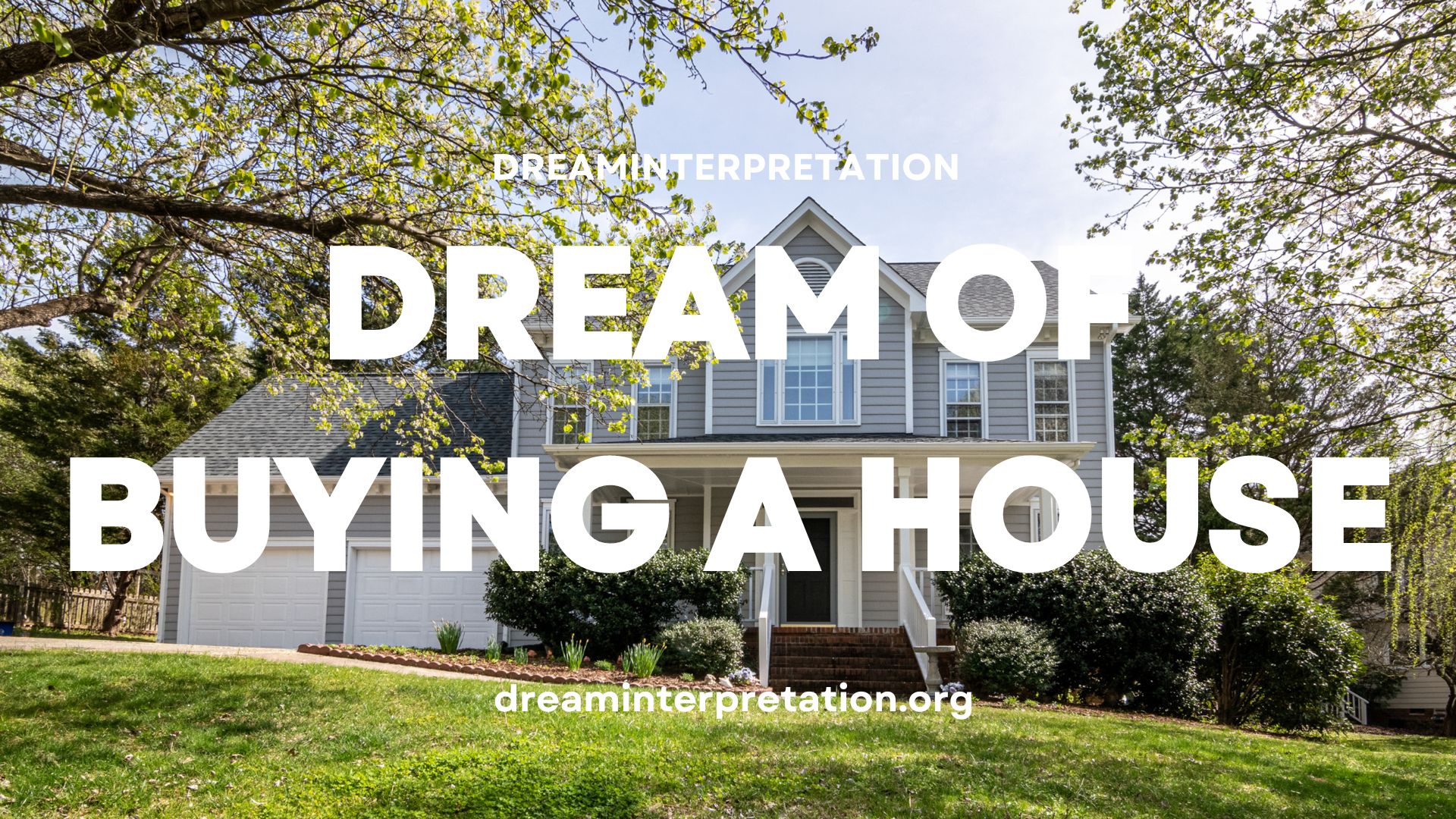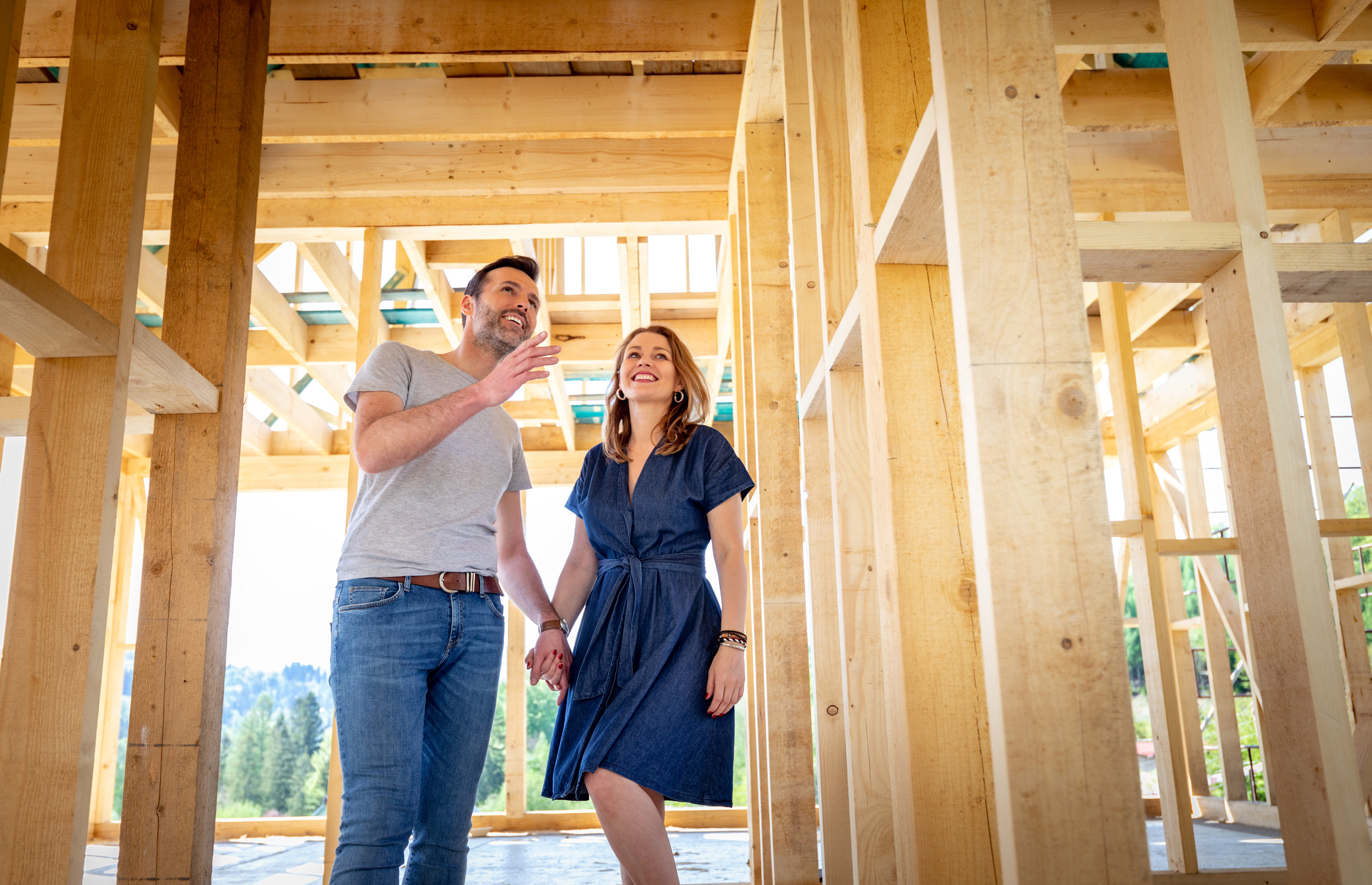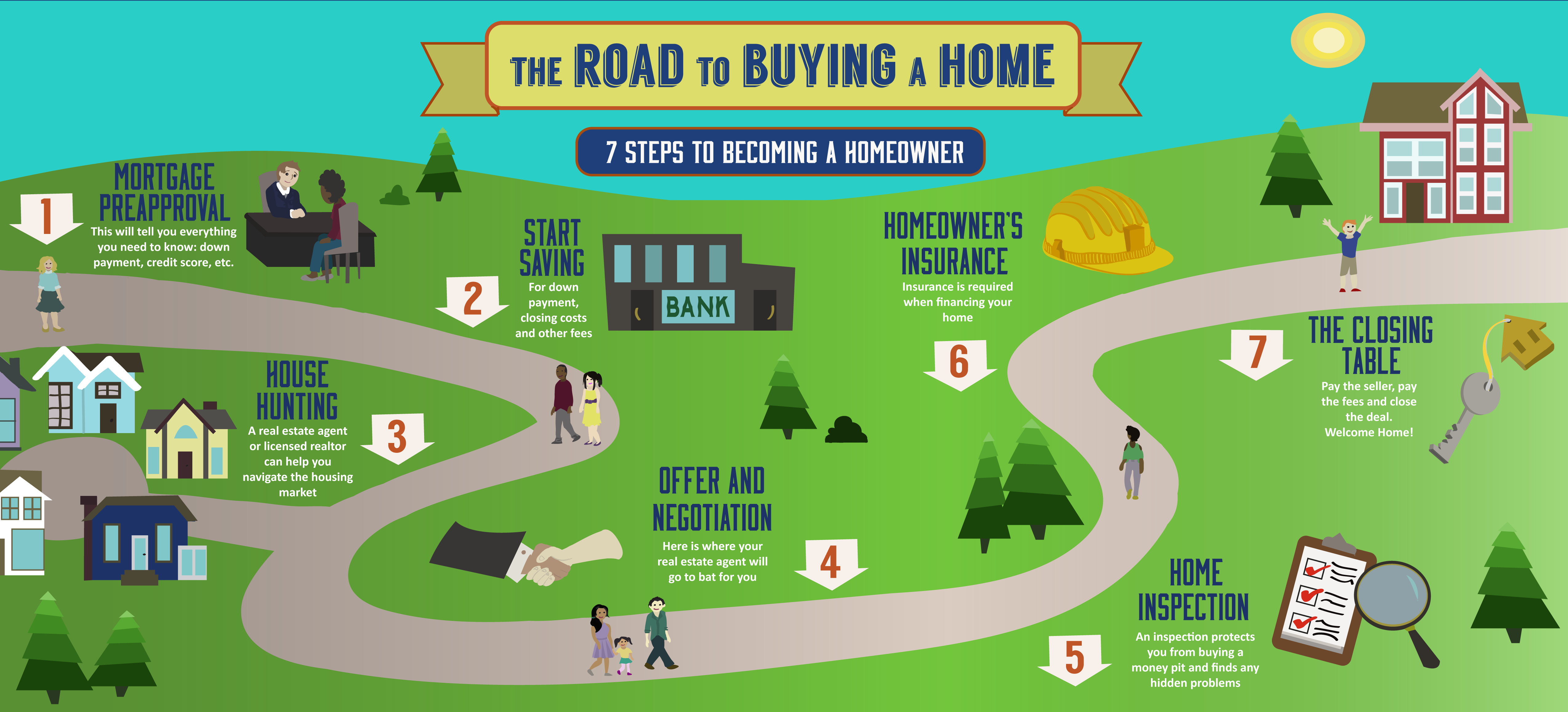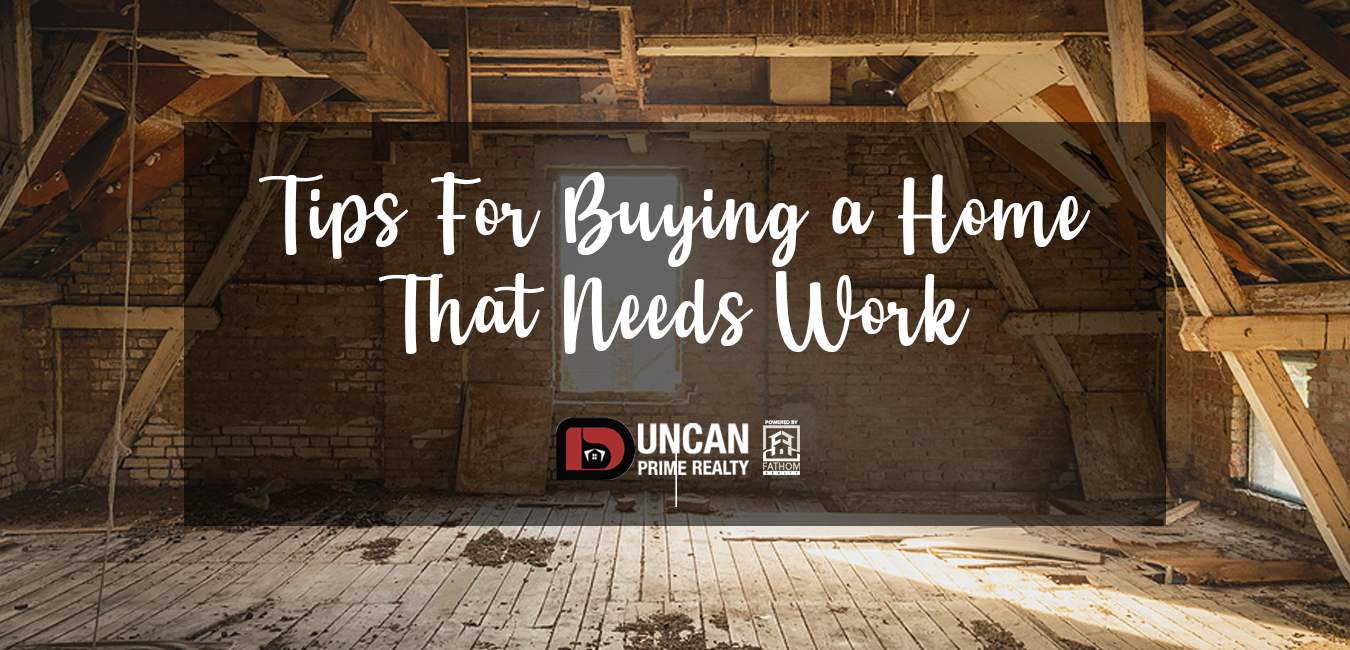Dream About Buying A House That Needs Work

The housing market is sending mixed signals as a new trend emerges: widespread dreams of purchasing dilapidated properties, signaling deep anxieties about affordability and the elusive American Dream.
This phenomenon underscores a growing disconnect between aspirations of homeownership and the harsh realities of a market plagued by inflated prices and limited inventory. It forces potential buyers to confront a stark choice: settle for a fixer-upper or remain locked out entirely.
Dreaming of Distress: A New Housing Indicator?
A recent survey conducted by Acme Dream Analysis reveals that nearly 40% of prospective homebuyers report recurring dreams involving the purchase of homes in dire need of repair. The survey polled over 2,000 individuals actively searching for property across the United States.
These dreams, often characterized by crumbling foundations, leaky roofs, and overgrown yards, reflect underlying fears about financial strain and the overwhelming prospect of renovation costs.
The study's lead researcher, Dr. Anya Sharma, stated, "These dreams are not simply random nocturnal episodes. They are potent symbols of the challenges and compromises individuals face in today's housing market."
Regional Disparities and Demographic Trends
The prevalence of "fixer-upper dreams" varies significantly across different regions of the country. Areas with the most competitive housing markets, such as California and the Northeast, report the highest incidence of these dreams.
Specifically, the survey found that 55% of prospective buyers in California experienced these dreams, compared to a national average of 40%.
Furthermore, younger demographics, particularly Millennials and Gen Z, are disproportionately affected. They face the dual challenge of student loan debt and limited savings, making them more susceptible to the anxieties reflected in these dreams.
The Economic Underpinnings
The surge in fixer-upper dreams is inextricably linked to the current economic climate. Skyrocketing home prices, coupled with rising interest rates, have significantly eroded affordability.
According to the National Association of Realtors, the median existing-home price for all housing types in October 2024 was $391,800, up 3.4% from a year ago.
This makes entry-level homes, often the only option for first-time buyers, increasingly scarce and often require extensive renovations to meet modern standards.
The Psychological Impact
Beyond the financial burden, these dreams highlight the psychological toll of navigating a challenging housing market. The constant pressure to compromise and the fear of making a bad investment can lead to significant stress and anxiety.
"The dream space often serves as a stage for working through waking life anxieties," explains Dr. Sharma. "These dreams about dilapidated homes symbolize a loss of control and a fear of instability."
Moreover, the dreams can also reflect a deeper desire for self-sufficiency and the opportunity to create a personalized living space, albeit one that requires significant effort and investment.
Expert Advice and Potential Solutions
Financial advisors are urging prospective homebuyers to carefully assess their budgets and realistically evaluate the costs associated with renovating a fixer-upper. Consider obtaining multiple quotes from contractors and factoring in unexpected expenses.
Housing advocates are calling for policy changes to address the affordability crisis, including increased investment in affordable housing and reforms to zoning regulations.
These measures aim to increase the supply of available housing and level the playing field for first-time buyers.
Moving Forward
The prevalence of fixer-upper dreams serves as a stark reminder of the challenges facing aspiring homeowners in today's market. While these dreams may be unsettling, they also offer valuable insights into the anxieties and aspirations of a generation grappling with the elusive American Dream.
Acme Dream Analysis plans to conduct follow-up studies to track the evolution of these housing-related dreams and assess the effectiveness of various policy interventions.
The team will also be hosting a series of online workshops to help individuals better understand and manage the stress associated with the home-buying process. Stay tuned for updates and resources.



.png)














